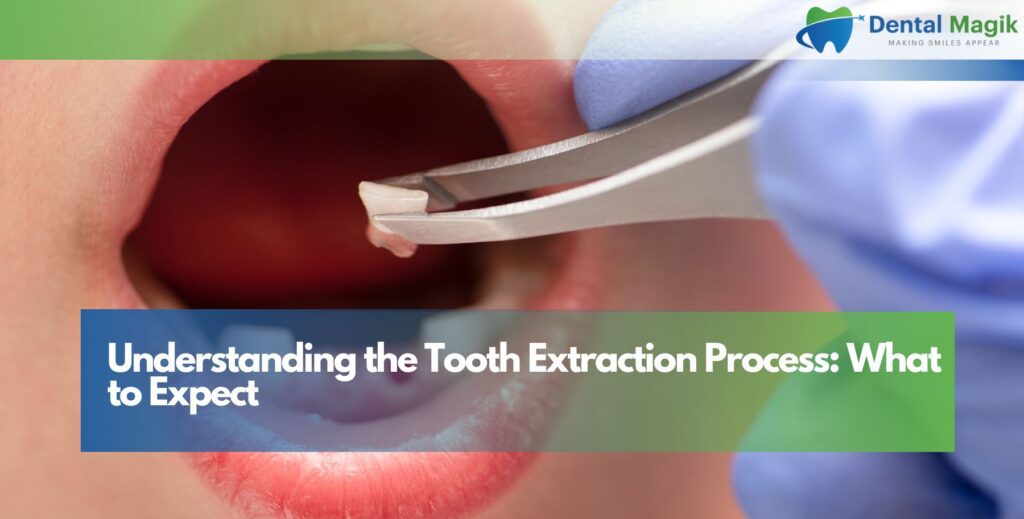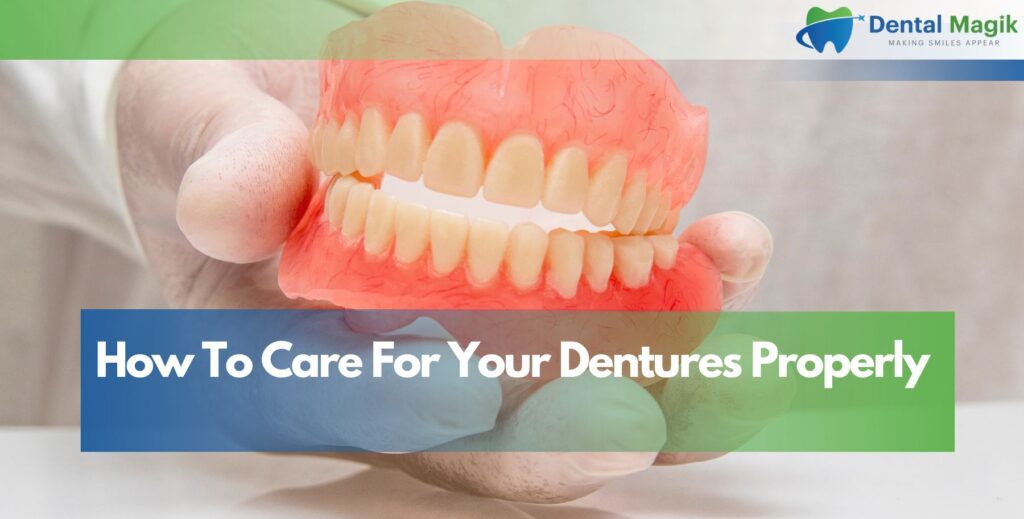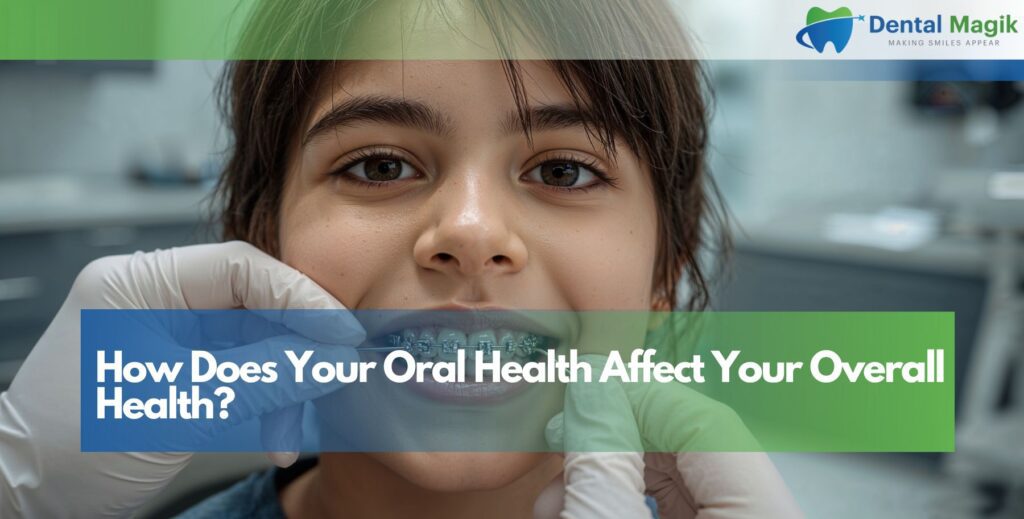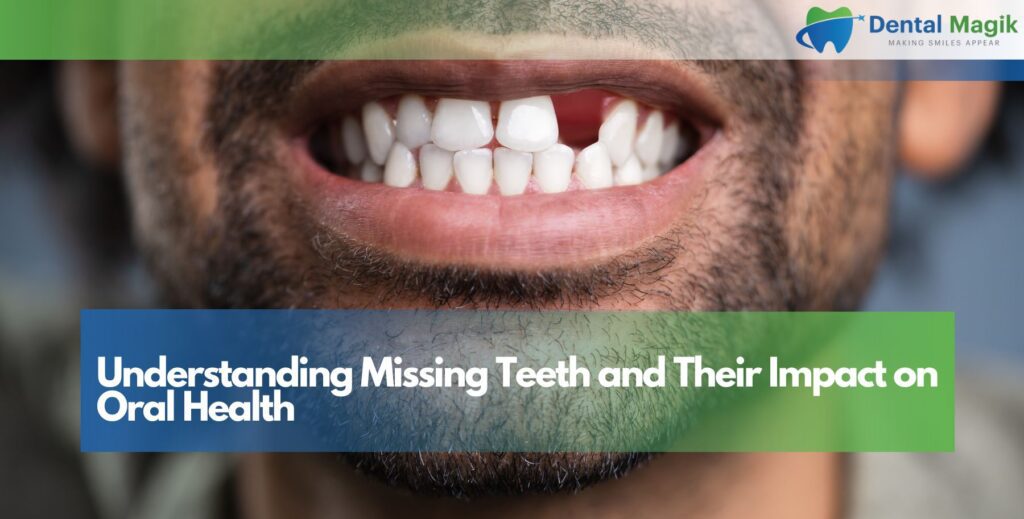Many people feel nervous when they hear the words tooth extraction. However, modern dentistry has made the process safe, efficient, and far less painful than most imagine. Whether you’re dealing with severe decay, an impacted wisdom tooth, or overcrowding, knowing what to expect during a tooth extraction can ease anxiety and prepare you for a smooth recovery.
This article explains the tooth extraction process, why it’s sometimes necessary, what happens before, during, and after the procedure, and how recovery works. We’ll also cover the cost of tooth extraction, potential risks, aftercare tips, and answer the most common questions patients search for online.
Table of Contents
Why Tooth Extraction May Be Necessary
A tooth extraction is often needed when other dental treatments cannot save a tooth. Severe decay, trauma, overcrowding, or impacted wisdom teeth can make removal the best option. Extracting a damaged or problematic tooth helps protect surrounding teeth, relieve pain, and restore overall oral health for long-term comfort.
Severe Tooth Decay
When a tooth is too badly damaged by decay or infection to be saved with a filling, crown, or root canal, extraction may be the only solution.
Impacted Wisdom Teeth
Many patients need wisdom tooth extraction when these teeth grow at an angle, remain trapped beneath the gums, or push against nearby teeth.
Overcrowding and Orthodontics
In some cases, teeth must be removed to create space for braces or other orthodontic treatments. This ensures proper alignment and bite correction.
Gum Disease
Advanced periodontal disease can loosen teeth and damage supporting bone, leading to necessary extractions.
Types of Tooth Extractions
Before the procedure, your dentist or oral surgeon will determine which type of extraction is right for your situation.
Simple Tooth Extraction
A simple tooth extraction is performed when the tooth is visible above the gum line. The dentist loosens the tooth with an instrument called an elevator and removes it using forceps. This procedure is straightforward and usually requires only local anesthesia.
Surgical Tooth Extraction
A surgical extraction is more complex and is needed for teeth that are broken at the gum line, not fully erupted, or impacted. The oral surgeon may make a small incision in the gum and, in some cases, remove bone or cut the tooth into pieces to make removal easier.
Preparing for a Tooth Extraction
Before the procedure, your dentist will evaluate your overall health and review your medical history.
Initial Consultation
During your consultation, your dentist will examine the tooth, take dental x-rays, and determine the best approach. You’ll also discuss anesthesia options.
Pre-Procedure Instructions
Patients are often advised to avoid eating or drinking for a certain period if general anesthesia is required. If you take medications like blood thinners, your dentist may recommend adjustments to reduce the risk of bleeding.
The Tooth Extraction Procedure Step by Step
Understanding the steps of the tooth extraction process can reduce fear and help you feel more prepared.
Numbing the Area
Local anesthesia is injected around the tooth to prevent pain. In surgical extractions, sedation or general anesthesia may also be used.
Loosening the Tooth
The dentist uses an instrument called an elevator to gently rock the tooth and loosen it from the socket.
Removing the Tooth
Once the tooth is loosened, forceps are used to pull it out. In surgical cases, incisions or bone removal may be necessary.
Closing the Site
If stitches are required, your dentist will place sutures to help the gum heal properly. Gauze is applied to control bleeding.
Recovery After Tooth Extraction
Recovery is a key concern for most patients. Healing time depends on the type of extraction and overall health.
Immediate Aftercare
After the procedure, you’ll rest until the anesthesia wears off. You’ll be advised to bite down on gauze to control bleeding and avoid spitting, which can dislodge the clot.
Pain Management
Mild pain and swelling are normal. Dentists often recommend over-the-counter painkillers or prescribe medication for surgical extractions. Applying an ice pack can reduce swelling.
Healing Timeline
- First 24 hours: Blood clot forms in the socket.
- Day 2–3: Swelling peaks, discomfort is most noticeable.
- Day 4–7: Swelling reduces, soft tissue begins to heal.
- 2 weeks: Most healing complete for simple extractions.
- 3–4 weeks: Surgical extractions may take longer to heal.
Understanding the Tooth Extraction Process in East Brunswick, NJ
If you live in Middlesex County, you may wonder about the tooth extraction process in East Brunswick, NJ. Local dentists in East Brunswick provide both simple extractions and surgical extractions using modern technology and anesthesia for maximum comfort.
- Cost in East Brunswick, NJ:
- Simple extraction: $150–$300
- Surgical extraction: $250–$600
- Wisdom tooth removal: $250–$800 per tooth
- Simple extraction: $150–$300
Local practices often offer payment plans and accept dental insurance, making tooth extraction in East Brunswick affordable and accessible. Choosing a trusted dentist ensures safe, effective treatment tailored to your needs.
Risks and Complications of Tooth Extraction
While generally safe, extractions can sometimes lead to complications.
Dry Socket
One of the most common issues is dry socket, which occurs when the blood clot dislodges or dissolves too early, exposing bone and nerves. It can cause severe pain and delay healing.
Infection
Infections are rare but possible, especially if aftercare instructions are not followed. Symptoms include fever, swelling, and pus discharge.
Nerve Damage
In very rare cases, surgical extractions near nerves may cause temporary or permanent numbness.
How to Prevent Complications
Your dentist will provide detailed instructions, but here are key tips to avoid problems after a tooth extraction.
Do’s
- Rest for the first 24–48 hours.
- Keep gauze in place as instructed.
- Eat soft foods like yogurt, soup, or smoothies.
- Take prescribed pain medication.
Don’ts
- Don’t smoke or use straws (they create suction that can dislodge clots).
- Avoid vigorous rinsing or spitting.
- Don’t eat crunchy or spicy foods during initial healing.
Alternatives to Tooth Extraction
In some cases, extraction isn’t the only option.
Root Canal Therapy
A root canal can save a severely decayed tooth by removing the infected pulp while preserving the structure.
Crowns and Fillings
If the tooth is only partially damaged, a crown or large filling may restore it instead of removing it.
Periodontal Treatments
For teeth loosened by gum disease, scaling and root planing may help stabilize the tooth.
Cost of Tooth Extraction
The cost of tooth extraction varies depending on the type of procedure and location.
- Simple extraction: $100–$300
- Surgical extraction: $200–$600
- Wisdom tooth removal: $250–$800 per tooth
Insurance may cover part of the cost if extraction is medically necessary.
Conclusion
The tooth extraction process may sound intimidating, but with modern techniques, it’s safe and manageable. From preparation and anesthesia to recovery and aftercare, understanding what to expect makes the experience far less stressful.
If you live in New Jersey and need professional care, visiting a dentist in East Brunswick, NJ ensures you receive expert guidance, safe treatment, and effective recovery support.
FAQs
What to expect when getting a tooth extracted?
Expect local anesthesia, gentle loosening of the tooth, and removal with minimal discomfort. Recovery involves rest, soft foods, and following aftercare instructions.
How long should you rest after getting a tooth pulled?
You should rest for at least 24 hours, avoiding strenuous activity for 48 hours.
Why is day 3 the worst after tooth extraction?
Swelling peaks around day 3, making it the most uncomfortable period before healing accelerates.
Does the nerve come out when a tooth is pulled?
No, the nerve inside the tooth is removed with the tooth structure, but surrounding nerves remain intact.
How to prevent dry socket while sleeping?
Sleep with your head elevated, avoid sucking motions, and don’t sleep flat on your back right after extraction.
What hurts more, root canal or extraction?
Both involve discomfort, but with modern anesthesia, neither should be painful. Many patients report extraction recovery as slightly more uncomfortable.
How long does a tooth extraction take?
A simple extraction usually takes 20–40 minutes, while surgical extractions may take longer.
Can I eat after tooth extraction?
Yes, but only soft foods for the first 24–48 hours. Avoid hot, spicy, or crunchy foods.
When can I brush after extraction?
You can gently brush the next day, avoiding the extraction site for at least 48 hours.
Do all wisdom teeth need extraction?
Not always. If they erupt properly and don’t cause crowding, they may not need to be removed.







